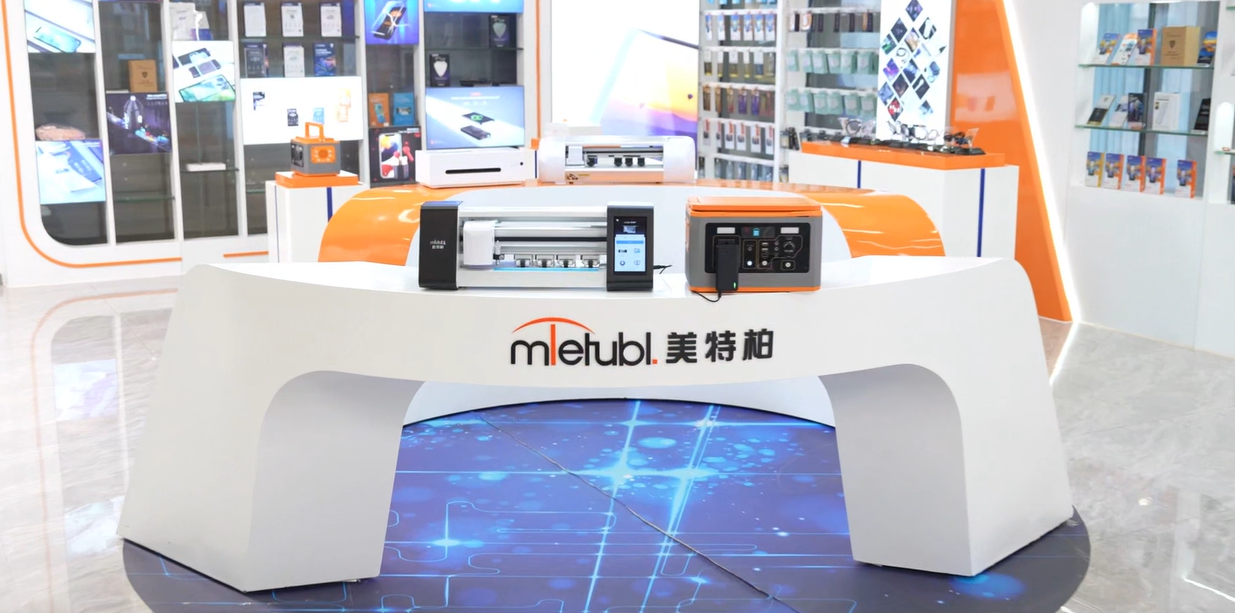
MIETUBL Brand Overview
MIETUBL is a brand originating from China and thriving through China’s intelligent manufacturing. It is committed to providing high-quality mobile accessories and related products to global consumers. Since its inception in 1998, the brand has followed the trends of the times, focusing on resource integration and building a symbiotic and shared industry ecosystem, enabling global consumers to conveniently access quality products that enhance their lives.
By continuously innovating and diversifying its product offerings, MIETUBL has achieved significant success in the mobile accessory industry. As a brand driven by customer value and innovation, MIETUBL has expanded into various product applications while accumulating rich industry experience and establishing a stable customer base. Headquartered in Zengcheng, Guangzhou, the company has strategically positioned itself within the mobile accessory industry, integrating high-quality production resources and aiming for a win-win business model.
Core Values and Development Vision:
-
Customer-Centric: MIETUBL always prioritizes customer needs, continually enhancing product quality and consumer experience through innovation and technological research and development.
-
Resource Integration and Industry Symbiosis: By integrating industry resources, MIETUBL creates a symbiotic, shared industry ecosystem, connecting global distributors and consumers, and promoting mutual growth across the value chain.
-
Global Vision: MIETUBL is committed to bringing Chinese manufacturing to the world, providing global consumers with high-quality, innovative mobile accessories, while offering profitable opportunities for distributors.
MIETUBL’s long-term vision is to continually enhance its products through innovation and quality, establishing “MIETUBL” as a globally trusted brand, recognized in markets around the world.
PRODUCTS
Which Screen Protector Is Right for Your Phone Model?
Understanding Your Phone's Screen
Before diving into the types of screen protectors, understanding your phone's screen characteristics is paramount. Different phones have varying screen curvatures, sizes, and even the type of glass used. Some phones, like the Samsung Galaxy S23 Ultra, have significantly curved edges, necessitating screen protectors designed specifically to accommodate this curvature. Others, like the iPhone 14, might have flatter screens, offering a wider range of protector choices. Checking your phone's exact model and consulting your manufacturer's specifications will provide invaluable information regarding screen dimensions and any unique features that may influence your protector selection.
Ignoring these specifics can lead to incompatibility issues. A screen protector designed for a flat screen won't adhere properly to a curved one, leading to lifting edges, reduced touch sensitivity, or even bubble formation. Conversely, a protector designed for a highly curved screen might not fit a flat-screened phone at all. This careful initial step is foundational to making the right choice.
Types of Screen Protectors
The market offers a variety of screen protector types, each with its pros and cons. Tempered glass protectors are arguably the most popular choice, offering excellent scratch resistance and impact protection. They're made from chemically treated glass, significantly stronger than regular glass, capable of withstanding drops and impacts. However, their rigid nature might not fully conform to heavily curved screens, potentially resulting in lift-off at the edges.
Film protectors, including PET (polyethylene terephthalate) and TPU (thermoplastic polyurethane) films, are more flexible and tend to conform better to curved screens. They offer decent scratch resistance, though not as much as tempered glass. TPU films, in particular, are known for their self-healing properties, meaning minor scratches can disappear over time. However, they are generally less impact-resistant than tempered glass.
Finally, liquid screen protectors are a relatively newer option. These are applied as a liquid and then cured, forming a thin, transparent layer over the screen. They offer good protection against scratches but are generally less durable against impact than tempered glass or even some film protectors. Choosing between these depends on your priorities: maximum scratch and impact resistance or a more flexible, less rigid, and potentially more forgiving fit.
Considering Your Usage
Your personal usage patterns should also influence your decision. If you're prone to dropping your phone or often use it in harsh environments, a tempered glass protector might be the most appropriate choice due to its superior impact resistance. However, if you prioritize seamless touch responsiveness and a thin, unobtrusive layer of protection, a high-quality film protector might be a better fit.
Think about how you use your phone. Do you often use it outdoors in direct sunlight? Some protectors offer anti-glare properties to enhance visibility under bright conditions. Are you concerned about privacy? Privacy screen protectors can make the screen content unreadable from the sides. By carefully considering your phone's use case, you can prioritize the features most important to you.
Installation and Aftercare
Even the best screen protector is useless if it's not installed correctly. Many protectors come with installation guides and kits to help ensure a bubble-free application. Watch tutorial videos and read reviews before attempting installation. Proper cleaning of the screen before application is crucial to prevent dust and debris from getting trapped under the protector.
After installation, take care of your screen protector. Avoid using harsh cleaning solutions and abrasive cloths, as these can damage the protector. Regular cleaning with a microfiber cloth will keep it looking pristine and ensure its longevity. Proper installation and consistent aftercare will significantly extend the lifespan of your chosen screen protector and maximize its protective capabilities.
SUBSCRIBE
INQUIRY